General information about seeds
In Maharashtra as well as in other states, most of the area is dry. Drumstick cultivation is beneficial in such conditions. Because, there is no need to have a specific type of land for Drumstick cultivation, it is possible to cultivate Drumstick crop even in light soil. The water requirement of Drumstick crop is also less as compared to other crops. Drumstick pods are in constant demand in the market. In any climate, Drumstick can be grown on rain water. Drumstick can grow in any climate. The period after the first rains in June-July is favorable for cultivation of Drumstick as air humidity increases during this time. So that the intensity of the sun is also less. If the seedlings are planted at such times, it is a favorable time for the seedlings to germinate.
Land and preparation for planting
Drumstick can grow in any climate. Drumstick can be grown in very light to heavy soils. Where rainfall is good. Drumstick grows well in light soils on hilly areas. 60 cm for planting. By 60 cm. By 60 cm. When digging shaped pits, fill the pit with a layer of rotten stick-waste, grass, at the bottom. Also fill the pit with a mixture of manure, 500 g of single super phosphate and soil. When planting, keep a distance of 3 meters between two plants and rows. Keep spacing of 3 meters for planting on field embankment.
Seed processing
It is necessary to process the seeds 1 day before planting. For this, for 1 kg of seeds, take 8 liters of lukewarm water, add 15 gm of bavistin powder and soak the seeds in the bucket overnight. If needed you can use 30 ml of humic acid for 8 liters while processing the seeds. Care should be taken to ensure that the seeds are completely submerged in water.
Planting period and method of cultivation
The climate changes favorably after rains from June to July. Humidity in the air increases. Such air is conducive to seedling growth. It should be planted at this time. After transplanting the cuttings or seedlings, the soil near it should be well compacted and hand watered. When needed 6 to 7 months after planting, the plants should be kept alive by watering or drip irrigation.
Mango, Chiku, Lemon, Purple, Amla, Chinch and Custard apple orchards can be used as intercrop for the first 5-6 years. If Drumstick is cultivated in a continuous manner then pulses like soybean, green gram, urad, hulga are planted in kharif and if gram is planted in rabi season then fertility of the soil is increased and intercrop production is obtained. If you want to cultivate Drumstick in medium to heavy soils and if water is available then cash crops are also beneficial.
Fertilizer and water planning
Scrub the tree trunk thoroughly. Also spread in two rows of trees. This means that weeds will not be a nuisance. Each plant should be given 10 kg manure, 75 g nitrogen (165 g urea), 50 g phosphorus (312 g super phosphate) and 75 kg potash (120 g murate of potash). Drumstick trees need to be shaped as they grow fast. If not properly shaped, the tree will grow taller. This makes it difficult to harvest legumes.
Outbreaks appear to be exacerbated during this time. However, sometimes in the months of June to August the leaves wither. Spots or scars appear on the trunk and branches. The seedlings die. For control of these diseases spray Carbendazim (10 g per 10 liters of water) or Bordeaux mixture (0.25%).
Harvesting / production / use
After 3 to 4 months after planting and when the height of the trees is 3 to 4 feet, the top should be pruned from half to one foot. Therefore, the height of the trees is limited and the pods fall below 3 to 4 feet which makes it easier to harvest the pods. Legumes are harvested in 6 to 7 months after planting. After that 3 to 4 months of legumes are produced. After one crop, pruning should be done again to give proper shape to the tree. For this, keep the main trunk of the tree 3 to 4 feet and the side branches should be about 1 to 2 feet.
About 6 to 7 months after planting, legumes are available. The pods should be matched according to the length of full grown and those whose twist is fully exposed. When wrapped in plastic wrap, the pods last longer. About 25 to 50 kg of legumes are obtained from a good plant every year after one year.
Seeds per acre
2 kg of seed is required per 1 acre of land.
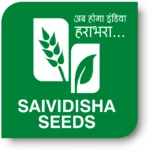
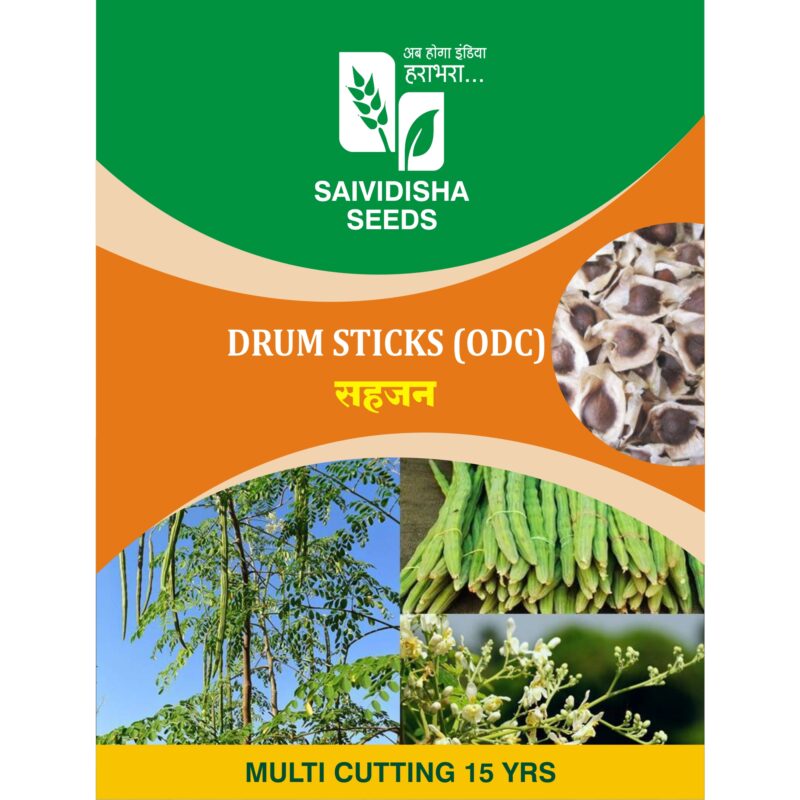
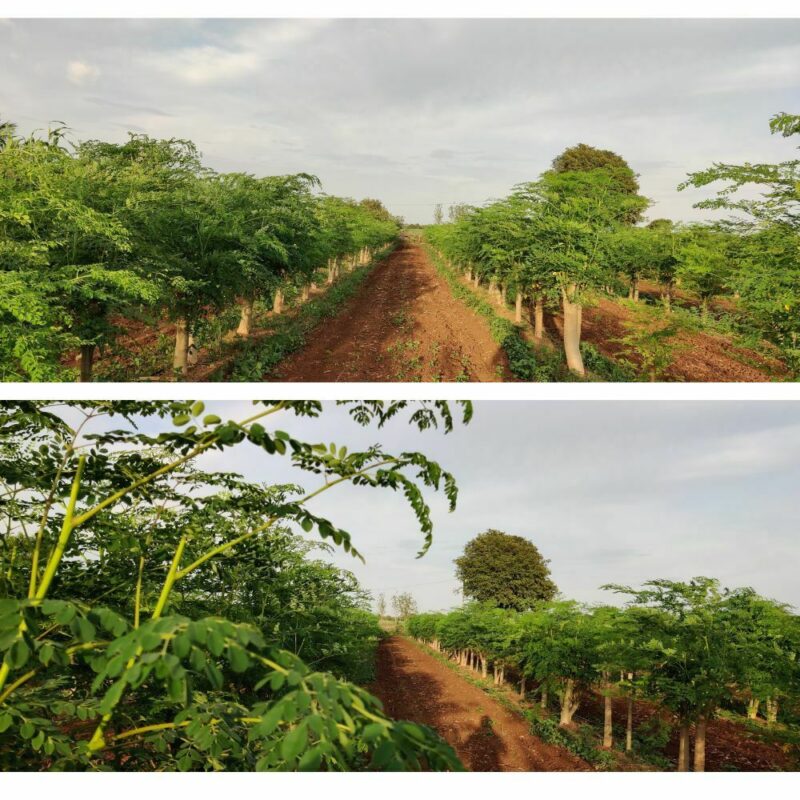
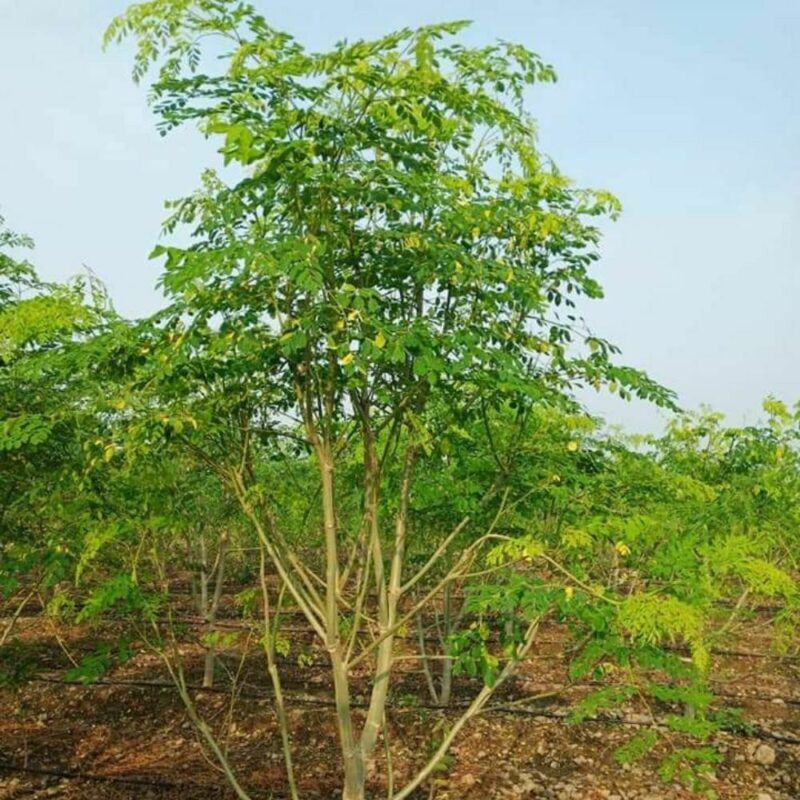
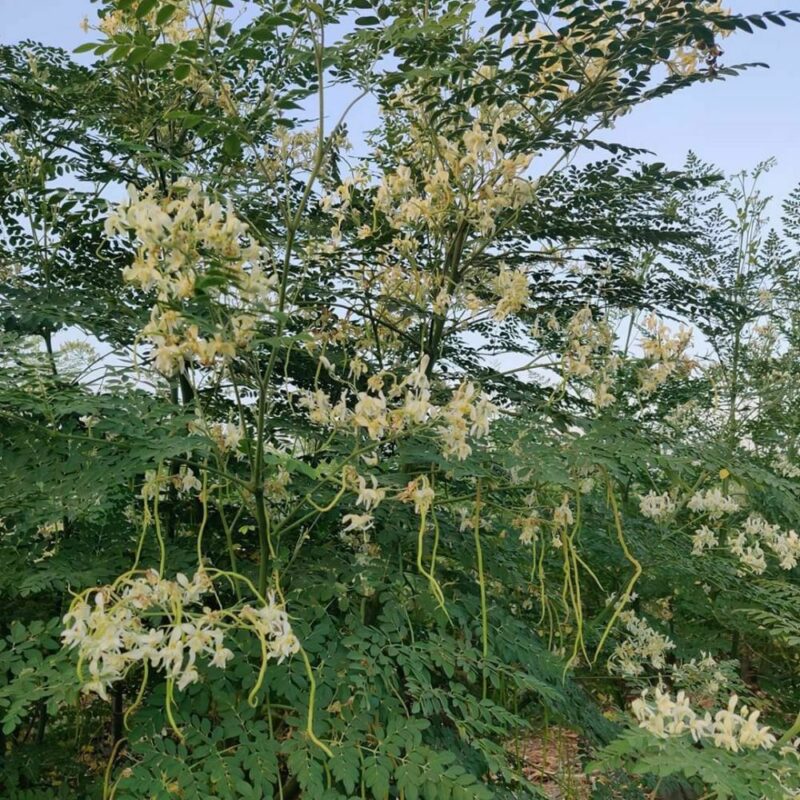

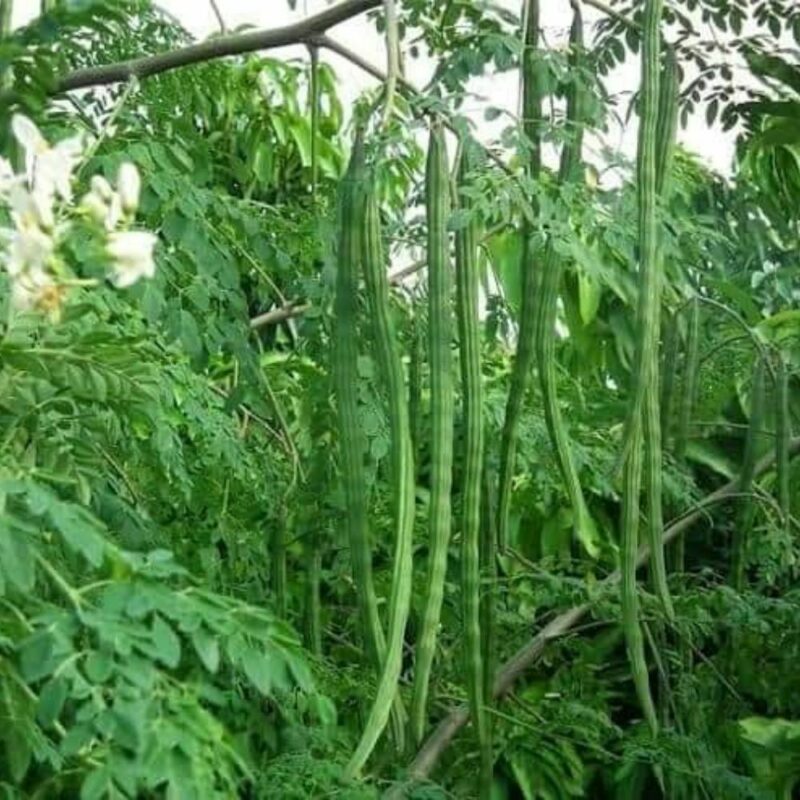
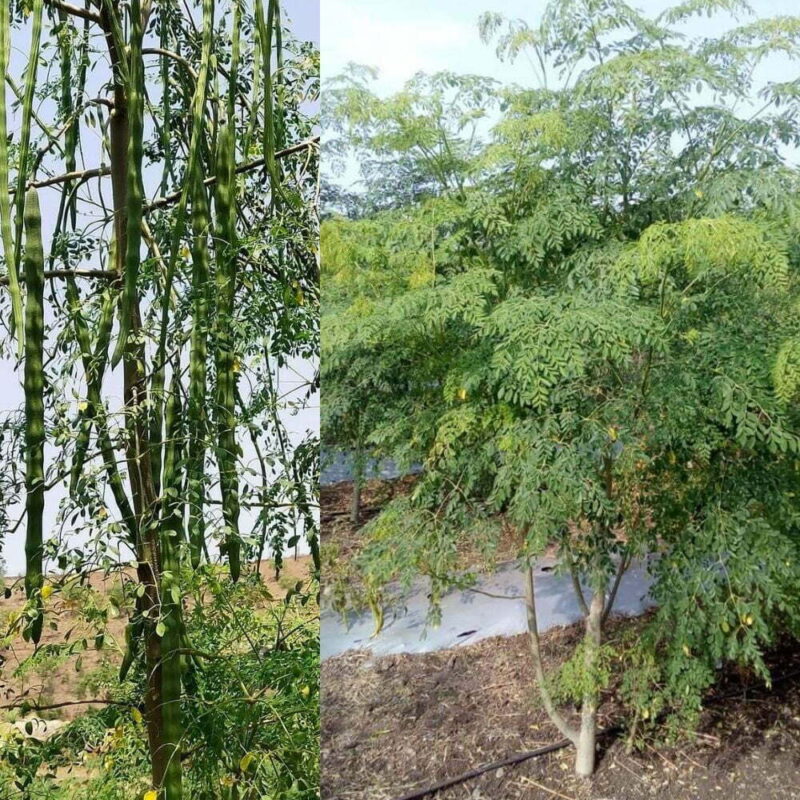
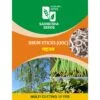
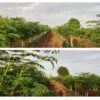
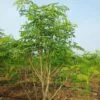
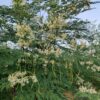
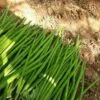
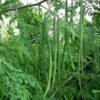
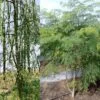
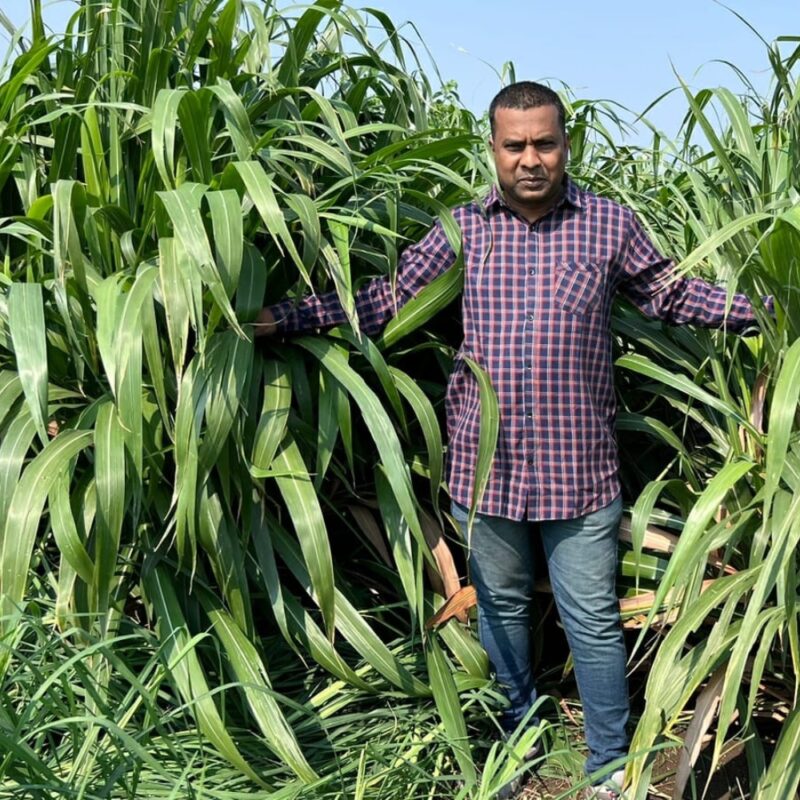
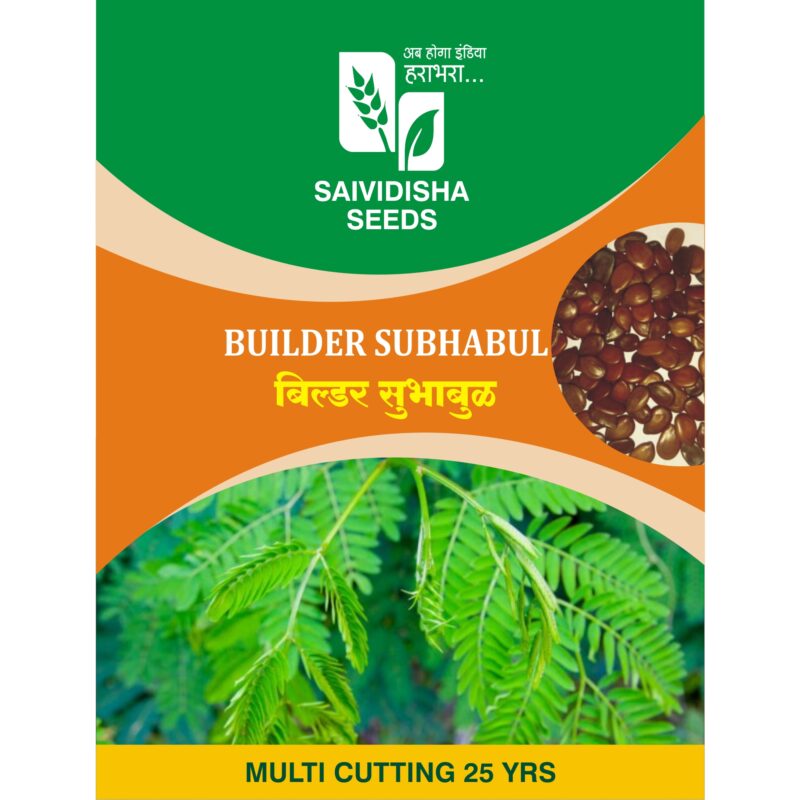
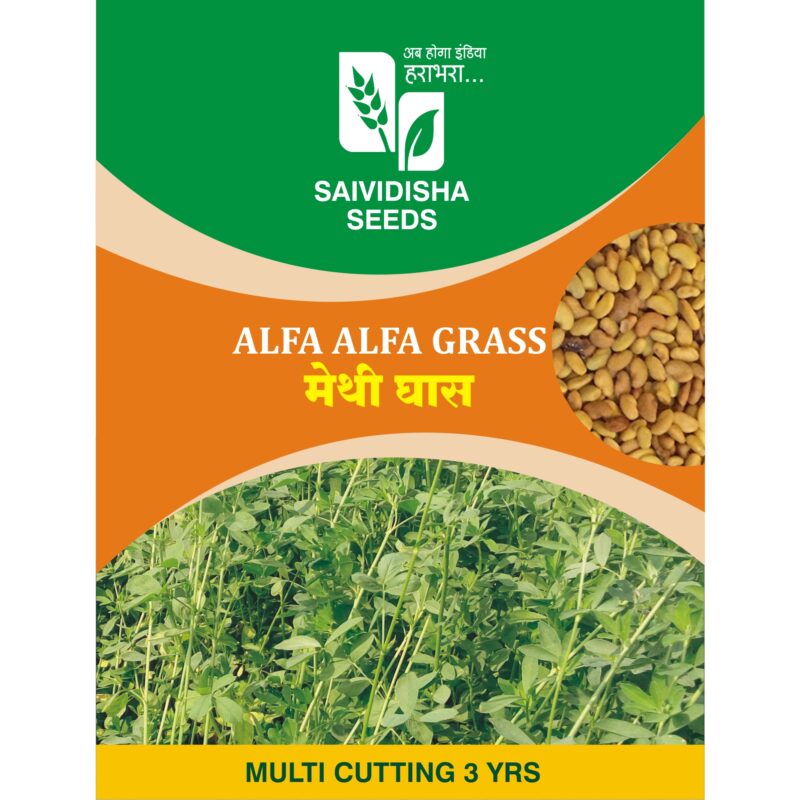
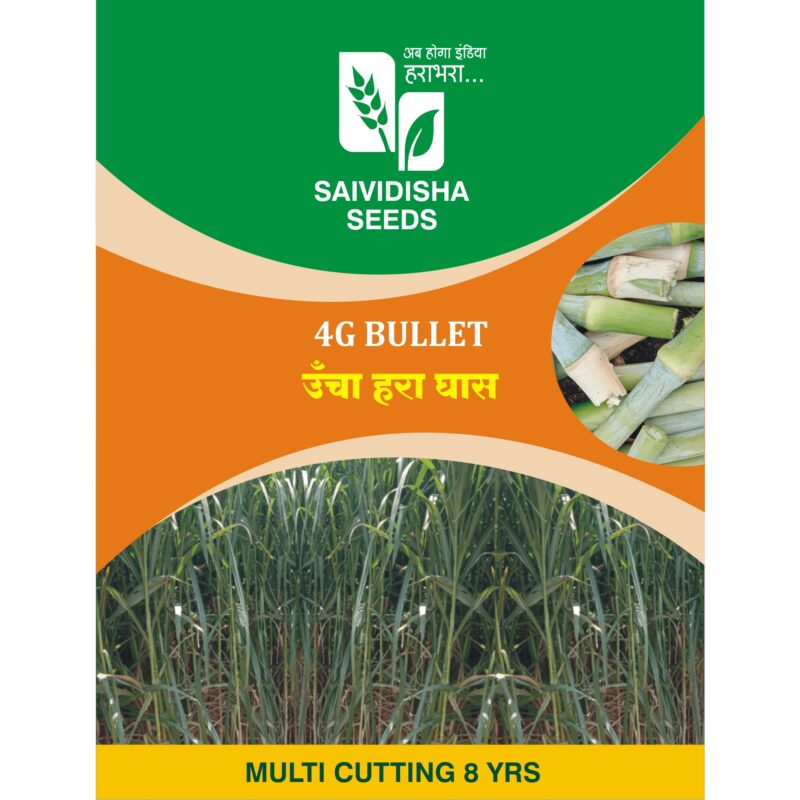







Reviews
There are no reviews yet.